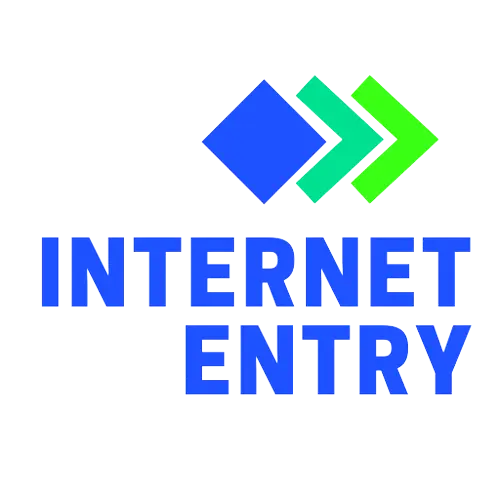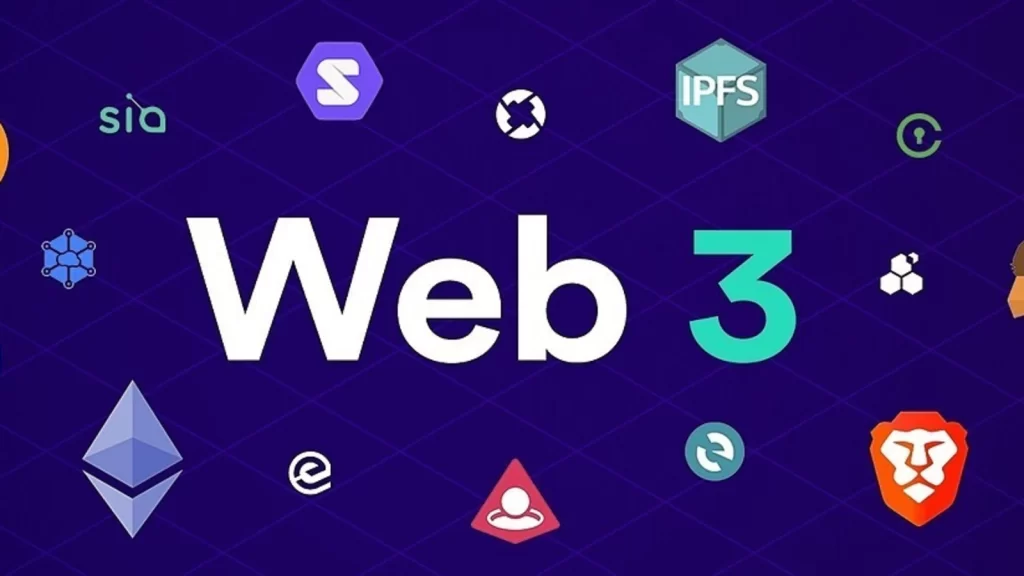After the crypto currency & metaverse popularity, everyone is talking about Web 3.0. But, What is web 3.0? Is this the future of internet? Why web 3.0 is the new buzzword taking over the Internet world nowadays?
Table of Contents
ToggleDefinition – What is web 3.0
Web 3.0 is also known as the ‘decentralized web’ or ‘The Semantic Web’ this is the third version of the Internet, it is an extension of the World Wide Web through standards set by the World Wide Web Consortium (W3C). The goal of the Semantic Web is to make information on the Internet machine-readable.
Web3 is an improved version of the current web 2.0 and generally encompasses both decentralized applications (or DApps) and decentralized finance (or DeFi) like cryptocurrencies, assets, or tokens.
History of Internet
Web 1.0
The term web 1.0 is used for the earliest version of the Internet. In the early days (roughly to the period from 1991 to 2004), the Internet was mostly a combination of hyperlinked web pages, where no additional visuals, controls and forms were there like we find when we browse a website today.
Some experts say it as a “read-only” web – a web that was not interactive with its users. As if you are reading a physical newspaper or magazine, you have to read whatever the publisher has to offer. And you can not comment on it. Individual web pages were made of static pages that were hosted on web servers run by an internet service provider (ISP) or on free web hosting services.
Web 2.0
Web 2.0 is the web that we know today. Some call it the web of social media. Instant creation and upload of websites, and there are platforms that allow you to easily upload content that anyone can search and view those constants. It’s also the web of applications (apps), where you can log-in as a user, for something like banking or grocery orders or it may be a ridesharing.
Think of Facebook, YouTube, Uber, Amazon, online banking, e-health, and the retail sites like Amazon that allow customer reviews. Almost any site you can post to, publish from, or log in to is considered web 2.0. The sites are developed in dynamic HTML, and the content is rarely static and most often served from a database or a server. And that is why ‘web 2.0’ is often called the “social web.”
Readers note: You may notice that web 1.0 and 2.0 are spelled with decimals, while web3 is not. There’s no particular reason for this, other than expedience. While some do write “web 3.0,” the “web3” designation is just an additional indicator that things are different in the decentralized web.
Web 3.0
Web 3.0 was originally called the Semantic Web by World Wide Web inventor Tim Berners-Lee, and was aimed at being a more autonomous, intelligent, and open internet. In the third generation of the internet where websites and apps will be able to process data in a human-like way using machine learning (ML), Big Data, decentralized ledger technology (DLT), etc.
Furthermore, for users and machines to be able to interact with data and to understand information, both conceptually and contextually, two cornerstones of Web 3.0 are semantic web and artificial intelligence (AI) are the most essential tools.
Web 3.0 Advantages
The next big evolution of the Internet is the Web 3.0 or Web3, the Decentralised Web which is contemplated by the Industry. This will revolutionise the vision of Web 1.0 and 2.0 with better privacy, data security and more human-like interaction.
The vision of having a more transparent Internet dates back to 2006. But, due to lack of technologies and tools this vision wasn’t available for it to materialise. Bitcoin was still not there, Bitcoin is a decentralized digital currency created in January 2009, bringing forward a technology of distributed ledger, or blockchain technology for peer-to-peer digital storage. Decentralisation was the idea while blockchain the means. What we now have is the ‘community-centric’ internet. And Web 3.0 will be a ‘human-centric’ internet. Let us understand the key benefits which the Web 3.0 offers.
1. Ownership of Personal Information and Data:
The end-users will have complete ownership and control security of encrypted data. Information could then be shared on permission or need basis. At present, the big tech giants like Facebook and Amazon have an enormous number of servers, busy in storing personal information on income groups, user’s interest, day-to-day preferences, debit/credit card details, etc. These data are not just collected for enhancing user experience (UX) and their services, but the data is sold to thousands of marketers and advertisers in exchange for billions of dollars each year.
2. Accessibility to Information:
Because of heavy usage of Smartphone and Cloud applications, one of the highly significant benefits of Web3 will be the ability to access data from anywhere and decentralisation. The purpose is to ensure the user can have access to as much information as possible from any corner of the world. The technology aims to expand the idea of allowing devices to collect user data and letting your smartphones access data on your computer.
3. Elimination of the Centralised control of Data:
Blockchain based cryptocurrencies like Ethereum and Bitcoin provide a trusted platform in which the data is fully encrypted, and protected by unbreakable rules. Hence, the intermediaries may not have access to the user data and are eliminated from the equation. Tech giants like Miscrsoft, Apple and Google will no longer be in control of the end-user data. No Government agencies or entities will have the power to cease services and websites, and no individual can control the identity-theft of others.
4. The Permissionless Blockchain:
Blockchain, a distributed ledger technology, which is based on Peer-to-Peer (P2P) technology. This technology allows users to store data globally on thousands of servers, where any network user is allowed to see all the data that appear at any point of time. That is why it is almost impossible for any individual to gain complete control of this network. Every Individual is allowed to create an account and interact with the blockchain network. Users of this network can not be restricted on the basis of their income, geography, orientation, gender or a series of other demographic and sociological factors. All the digital assets and wealth created on this network can be transferred efficiently and quickly, cross-border, anywhere in the globe.
5. Uninterrupted Service:
The suspension of account and denial of distributed services are reduced dramatically. Since there is no single point of failure, the service disruption will be a bare minimum. The data will be stored on the distributed nodes to ensure redundancy, and multiple backups will prevent seizure or server failure.
Web 3.0 disadvantages
1. Ownership concerns
Twitter’s former CEO Jack Dorsey believes that regular users will not be the owners of Web 3.0 projects, as is expected. It will be owned by venture capitalists and investors. This will mean the control could still remain centralised.
2. Tough to regulate
Some experts also believe that decentralisation could add to difficulties in monitoring and regulating Web 3.0. This could lead to a rise in cybercrimes, online abuse etc.
3. Surfing Web 3.0 will require better processors
Old devices will not be able to handle Web 3.0. Hence, you would require a device that has above-average specifications to be able to use the next version of the internet.
4. Existing website owners will be compelled to upgrade
As websites and apps that work on Web 3.0 become popular, existing businesses will be compelled to upgrade their digital offerings to ensure that they do not lose their captured market.
5. Easier access to one’s personal and public data
Web 3.0 is vast and interconnected. Though this is its strength, the semantic network also makes it easy for anybody to gain access to your public and private information that you share online.
However, all these advantages and disadvantages are based on information that is currently available. Web 3.0 is still in the works and the actual version could be a lot different. It’s just wait-and-watch till then.
Conclution:
To summarise, the Web 3.0 knowledge management should give rise to an exciting and a game-changing environment – the Social Semantic Web. However, still, the technology is in the early stages, but if you have used the Google search in the recent times know that the Google has used natural language to find the answer to your question. Hence you are already experiencing the revolutionary benefits of the next chapter in the story of the “World Wide Web (WWW).”
Web 3.0 has not yet been actualized, so there is no strong definition. It took more than ten years to progress from the first web, Web 1.0, to Web 2.0, and it is required to take similarly as long, if not longer, to completely execute and reshape the web with Web 3.0. In any case, the advancements that a few people accept will make up and at last characterize Web 3.0 are as of now being created. Brilliant home machines utilizing remote organizations and the Internet of Things (IoT) are two instances of how Web 3.0 is now affecting innovation.

